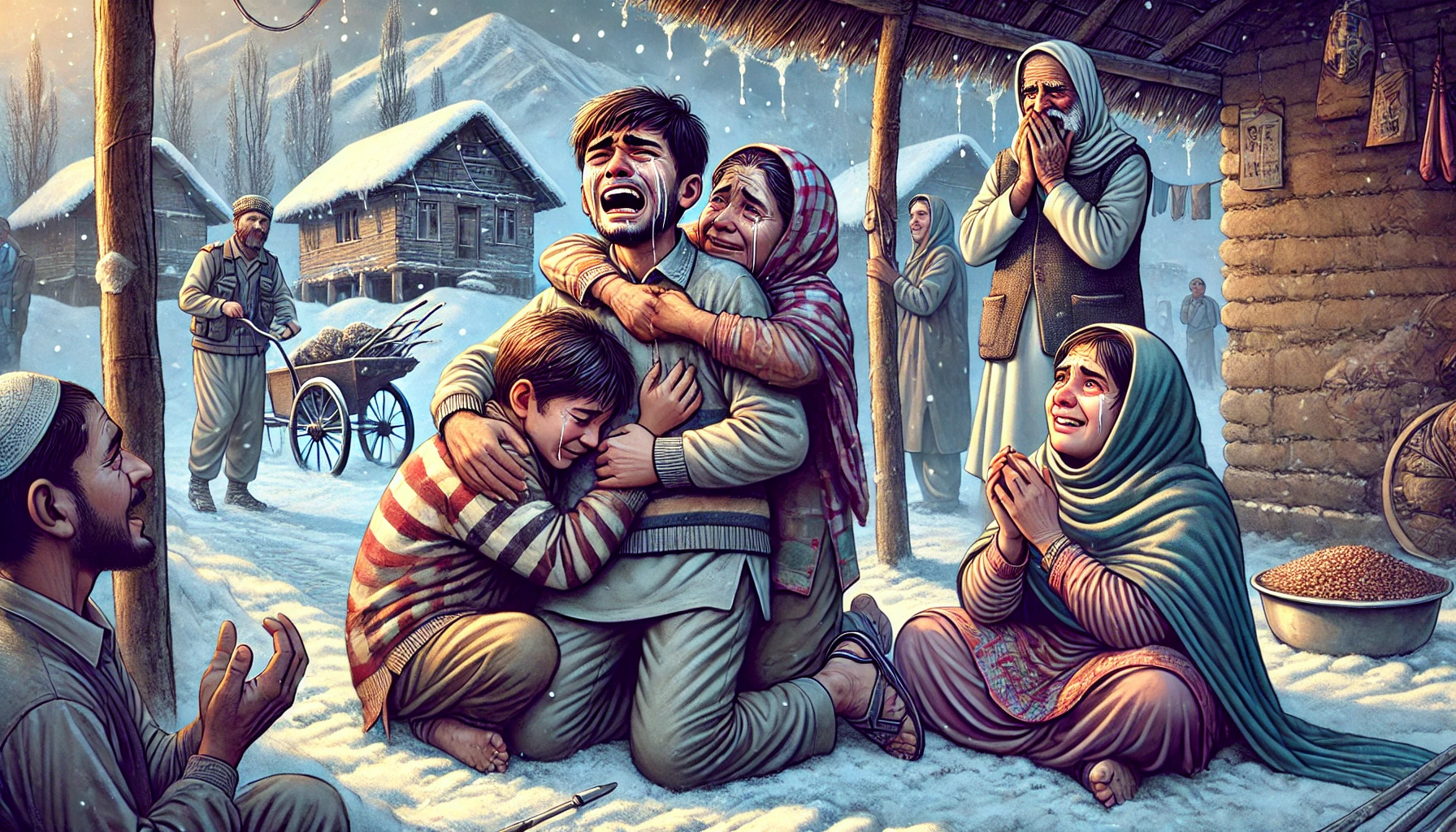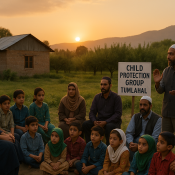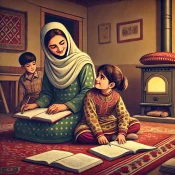
A Home Beyond the Winter
How a Kashmiri boy found his way back
In the shadow of Kashmir’s snow-capped mountains, where winter winds whisper tales of hardship through makeshift tents, 15-year-old Omaiz’s (Name Changed) story unfolds like a testament to the enduring bonds of family and community.
Two years ago, in the Pattan Palhallan village, Omaiz’s parents were left with no option. Their house was a simple tent without flooring, offering no protection from Kashmir’s harsh winters. His father was a cart vendor selling barbeque on the streets of the village and barely managed to sustain a family of five. The mother was chronically ill and needed constant medical attention, and two sisters were studying, making it impossible for the family to make ends meet.
“It was a decision steeped in desperation,” says a social worker who has worked on the case. Omaiz was sent at 13 to a local Childcare Institute (CCI). It was his parents’ hope that what their pockets could not, this institution might—offer a better future.
But institutions, however well-intentioned, are poor substitutes for a mother’s embrace or a father’s guiding hand. During counseling sessions at the CCI, Omaiz’s longing for home became increasingly apparent. His story challenged the conventional wisdom that institutional care provides the best solution for children from impoverished backgrounds.
The road home was, however, littered with hurdles. The family economy remained fragile—Omaiz’s father still being the sole earner and his mother’s medical expenses constantly bleeding off whatever savings they could mobilize. When the governing bodies of the CCI were not able to draw up a compensation cheque, it seemed the dream of reunification may well remain just that—a dream.
Then came what social workers call a “moment of community magic.” An individual donor, hearing Omaiz’s story, came forward and pledged the cost of his education, a monthly contribution of 1,000 rupees. That modest sum-about $15-became the bridge between institution and home, between separation and reunion.
Today, Omaiz’s story has blossomed into something beautiful. Monthly follow-up visits reveal a boy transformed. Gone is the longing that once shadowed his eyes. In its place is the sparkle of possibility, nurtured by the warmth of family love and community support.
His journey offers a powerful lesson in child welfare, especially in adverse environments. Indeed, institutional care is often perceived as the best option for such families, but the story of Omaiz suggests otherwise-that is, keeping families together through targeted support and community engagement.
“Every child deserves to grow up in a family,” says a counselor involved in the case. “Sometimes, all it takes is a small act of kindness to make that possible.”
In the village of Pattan Palhallan, where winter brings its challenges to date, Omaiz no longer watches the snowfall alone. It is with his family, in whose bond a test has just been passed; in whose lives a brighter future has just come to be by finding help in their hour of need.
His story is one that unfolds not behind institutional walls, but in the warmth of home, proving that sometimes, the best path forward leads right back where you started, except with a little more hope than before.




